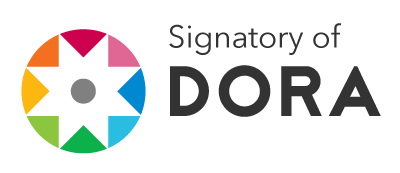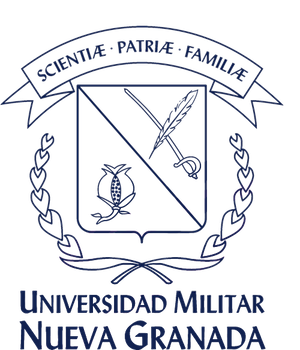Analysis and application of active learning techniques in applied mechanics
Abstract
The use of laboratory practice in engineering training is key for bridging the gap between the theory taught in the classroom and the real world. Standardization in laboratory tests reduces the possibility for students to use creativity and problem-solving abilities. This paper performs a methodological analysis of learning in order to establish the way Industrial Materials and Applied Mechanics students could participate more actively in their own learning process (active learning) in the framework of the curricula project on Industrial Engineering at Francisco José de Caldas University.
In the first part of the paper, the methodology and types of learning are described according to Kolb model, followed by a description of current difficulties in laboratory practices at the University. To conclude, some of the equipments (software and hardware) used during this research project are shown, and their advantages and disadvantages are described.
Downloads
References
Caro, S. & Reyes, J. (2003). Prácticas docentes que promueven el aprendizaje activo en Ingeniería Civil. Revista de ingeniería, 18, 48-55.
Chrobak, R. (1996). The Globalization and the Engineering Teaching for the XXI Century.
Primer Congreso Argentino de Enseñanza en la Ingeniería.
Colciencias (2005). Guía para la presentación de proyectos de investigación científica y tecnológica, Col-ciencias, Colombia.
Contreras, L, Vargas, L. & Tristancho, J. (2012). Estudio de la aplicación de herramientas computacionales en el desarrollo de competencias en el cálculo de estructuras. Revista Educación y Desarrollo Social, 6(1), 145-155.
Contreras, L., Escobar, I. & Tristancho, J. (2011). Innovación curricular: uso de las TIC como herramienta para el fortalecimiento y el desarrollo de la educación en ingeniería”, Dialéctica Revista de investigación, 29, 15-25.
Feisel, L. & Rosa, A. (2005). The Role of the Laboratory in Undergraduate Engineering Education, Journal of Engineering Education 94(1), 121–130.
Fernández-Sánchez, G. & Millán, M. (2013). Structural Analysis Education: Learning by Hands- On Projects and Calculating Structures, Journal of Professional Issues in Engineering Education & Practice, 139(3), 244-247.
Forero, J., Henao, F. & Moncada, D. (2007). Laboratorio de simulación y ensayos para resistencia de materiales”, Revista AVANCES Investigación en Ingeniería, 6, 95-102.
Hadim, H., Donskoy, D., Sheppard, K., Gallois, B. & Nazalewicz, J. (2000). Teaching Mechanics to Freshmen by Linking the Lecture Course to a Design Course, ASEE Conference Proceedings Search.
Hibbeler, R. (2011). Mechanics of Materials, Pearson Prentice Hall.
Idrovo, P. & Quintanilla, L. (2010). Aplicación de galgas extensiométricas en el laboratorio de mecánica de materiales de la Carrera de Ingeniería Mecánica para la obtención de deformaciones en elementos sometidos a cargas combinadas, Tesis de pregrado, Universidad Politécnica Salesiana sede Cuenca, Ecuador.
Kolb, D. & Fry, R. (1975). Toward an applied theory of experiential learning, in C. Cooper (ed.), Theories of Group Process, London: John Wiley.
Ruiz, D., Magallón, J. & Muñoz, E. (2006). Herramientas de aprendizaje activo en las asignaturas de ingeniería estructural, Ingeniería y Universidad, 10(1), 97-115.
Sharp, J., Harb, J. & Terry, R. (1997). Combining Kolb learning styles and writing to learn engineer-ing classes, Journal of Engineering Education, 86(2), 93–101.
Sharpe, W. (2008). Springer Handbook of Experimental Solid Mechanics. New York: Springer Science+Business Media.
Shuman, L., Besterfield-Sacre, M. & McgourTy, J. (2005). The ABET Professional Skills – Can They Be Taught? Can Chey Be Asesad, Journal of Engineering Education, 94(1), 41-55.
Tristancho, J. (2008). Análisis de comportamiento mecánico de elementos estructurales a escala por medio de fotometría y galgas extensiométricas, Documento interno de investigación, Facultad













